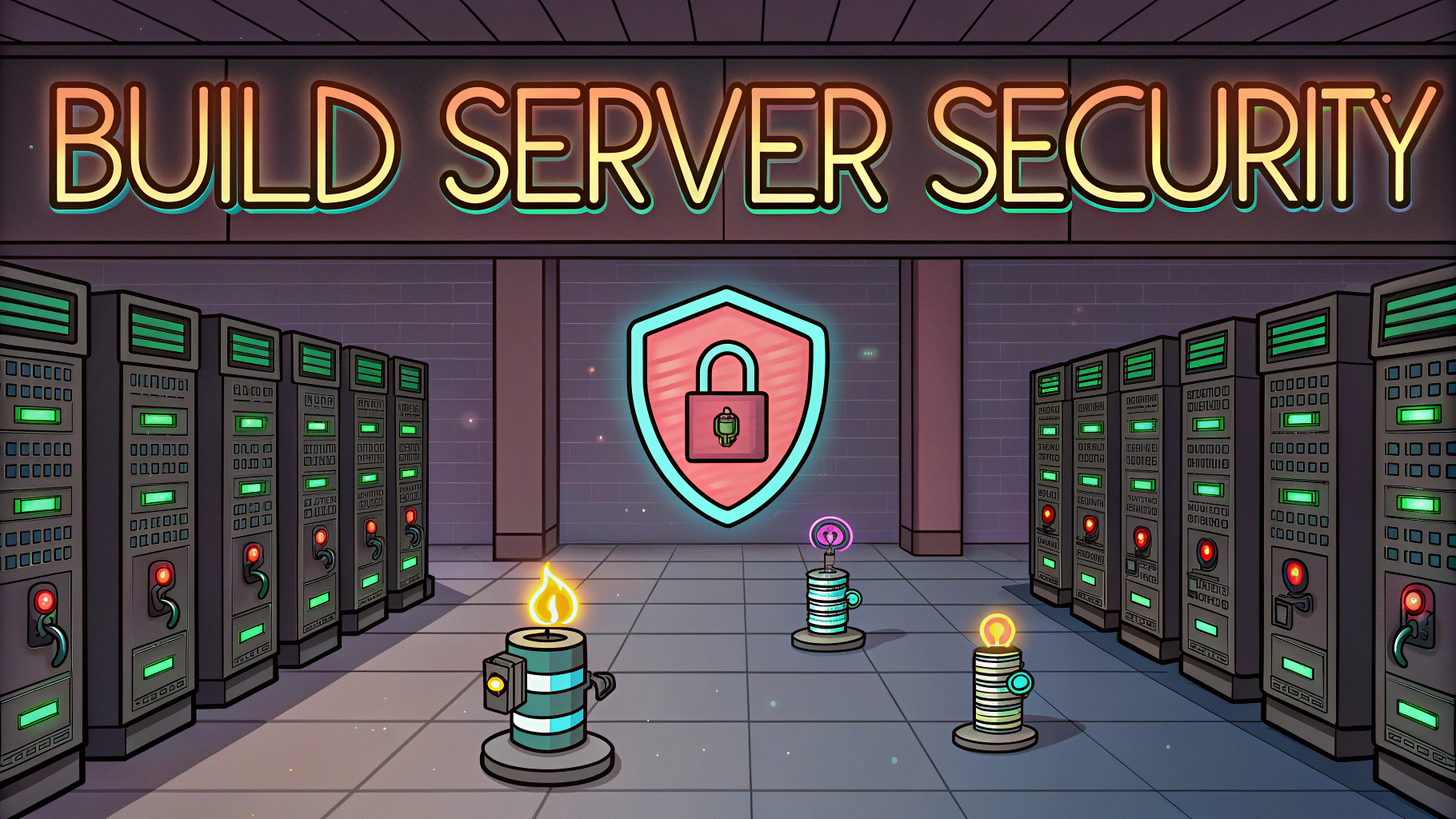Penetration testing challenges help security professionals sharpen their skills in identifying and exploiting vulnerabilities in systems, networks, and applications.
These hands-on exercises simulate real-world scenarios where testers must think like attackers to uncover security weaknesses before malicious actors can exploit them.
This quick guide explores practical coding challenges designed specifically for penetration testing, including resources, platforms, and strategies to improve your offensive security skills.
Popular Platforms for Pen Testing Challenges
- HackTheBox – https://www.hackthebox.com
- TryHackMe – https://tryhackme.com
- VulnHub – https://www.vulnhub.com
- PortSwigger Web Security Academy – https://portswigger.net/web-security
Essential Challenge Categories
- Web Application Testing
- SQL injection challenges
- Cross-site scripting (XSS) exercises
- Authentication bypass scenarios
- File upload vulnerabilities
- Network Penetration
- Port scanning challenges
- Service enumeration exercises
- Network protocol exploitation
- Binary Exploitation
- Buffer overflow exercises
- Reverse engineering challenges
- Shellcoding practice
Getting Started Tips
Start with beginner-friendly platforms like TryHackMe that offer structured learning paths and detailed walkthroughs.
Set up a dedicated testing environment using Kali Linux or Parrot OS before attempting any challenges.
Focus on one category at a time rather than trying to master everything simultaneously.
Tools and Requirements
| Tool Category | Examples | Purpose |
|---|---|---|
| Programming Languages | Python, Bash, Ruby | Script development and automation |
| Network Tools | Wireshark, Nmap, Netcat | Network analysis and enumeration |
| Web Tools | Burp Suite, OWASP ZAP | Web application testing |
Practice Methods
- Time-boxed challenges: Set specific time limits for each challenge to improve efficiency
- Documentation practice: Write detailed reports for each challenge completed
- Collaboration: Join Discord communities related to these platforms to learn from others
- Methodology development: Create and refine your personal testing methodology through practice
Taking Your Skills Further
Consider pursuing certifications like OSCP or PNPT after completing multiple challenging scenarios.
Contribute to open-source security tools or create your own challenges to deepen understanding.
Participate in bug bounty programs to apply your skills in real-world environments.
Next Steps for Success
Follow security researchers and penetration testers on platforms like Twitter and GitHub to stay updated with new techniques and challenges.
Join local security meetups and conferences to network with other professionals and learn about new challenge platforms.
Create a structured learning plan that combines theoretical knowledge with practical challenges for continuous improvement.
Advanced Challenge Techniques
Develop custom scripts and tools to automate repetitive testing tasks during challenges. This improves efficiency and builds valuable development skills.
Practice both black-box and white-box testing approaches to understand different perspectives and methodologies.
- Black-box testing: Limited initial information about the target
- White-box testing: Full access to source code and system architecture
Building a Challenge Portfolio
- Document all completed challenges with detailed methodologies
- Create video walkthroughs of your solutions
- Share write-ups on platforms like Medium or personal blog
- Maintain a GitHub repository of custom tools and scripts
Portfolio Organization
| Category | Content Type | Purpose |
|---|---|---|
| Technical Write-ups | Markdown/Blog Posts | Knowledge sharing and reference |
| Code Samples | GitHub Repositories | Tool development showcase |
| Video Content | YouTube/Tutorials | Visual demonstration of skills |
Mastering the Penetration Testing Mindset
Success in penetration testing challenges requires developing both technical expertise and a security-focused mindset. Regular practice through diverse challenges helps build the intuition needed to identify vulnerabilities effectively.
- Think creatively about potential attack vectors
- Stay updated with latest security trends and vulnerabilities
- Learn from both successes and failures
- Share knowledge with the security community
Empowering Your Security Journey
Each challenge completed strengthens your understanding of security concepts and improves your ability to protect systems against real threats. Continue exploring new platforms, attempting increasingly difficult challenges, and engaging with the security community to maintain growth in this dynamic field.
Remember that proficiency in penetration testing comes from consistent practice, continuous learning, and practical application of skills through varied challenges and real-world scenarios.
FAQs
- What are coding challenges in penetration testing, and why are they important?
Coding challenges in penetration testing are exercises that test a security professional’s ability to write scripts, exploit vulnerabilities, and automate security tasks. They’re essential for developing practical skills in identifying and exploiting security flaws in real-world scenarios. - Which programming languages are most important for penetration testing challenges?
Python, Bash scripting, and PowerShell are the most crucial languages for penetration testing. Python is particularly important due to its extensive security libraries like Scapy, Requests, and Paramiko. - What types of coding challenges are common in CTF competitions?
Common challenges include buffer overflow exploitation, web application security, reverse engineering binaries, cryptography implementation, and network packet manipulation. - How do I practice reverse engineering challenges?
Use platforms like Ghidra or IDA Pro to analyze binaries, practice with crackmes, and learn assembly language basics. Start with basic x86/x64 programs and gradually progress to more complex challenges. - What are some essential tools for solving penetration testing coding challenges?
Essential tools include debuggers (GDB, WinDbg), disassemblers (Ghidra, IDA), web proxies (Burp Suite), and scripting environments with security libraries (Python with pwntools). - How can I automate web application testing through coding challenges?
Learn to use libraries like Requests or Selenium in Python to automate form submissions, API testing, and vulnerability scanning. Practice writing scripts that can handle authentication, session management, and data extraction. - What resources are available for practicing penetration testing coding challenges?
Platforms like HackTheBox, VulnHub, OverTheWire, and PicoCTF offer various coding challenges. GitHub also hosts numerous open-source vulnerable applications for practice. - How do I approach binary exploitation challenges?
Start by understanding memory management, stack operations, and common vulnerabilities like buffer overflows. Learn to use tools like pwntools for exploit development and practice with progressively harder challenges on CTF platforms. - What are common cryptographic coding challenges in penetration testing?
These include implementing or breaking classical ciphers, understanding modern encryption weaknesses, hash cracking, and exploiting poor random number generation in cryptographic systems. - How important are networking concepts in coding challenges?
Very important – understanding TCP/IP, socket programming, and network protocols is crucial. Practice writing network scanners, packet sniffers, and tools that can manipulate network traffic.







